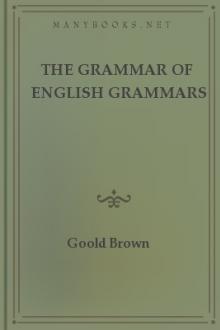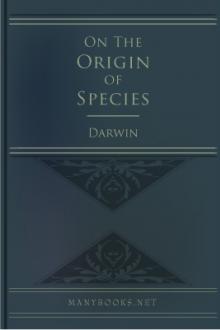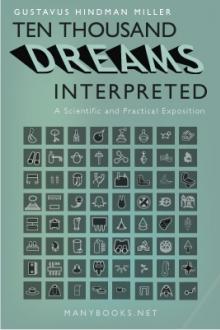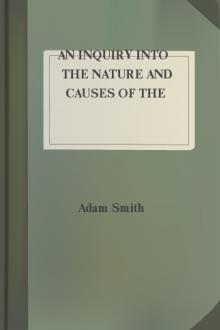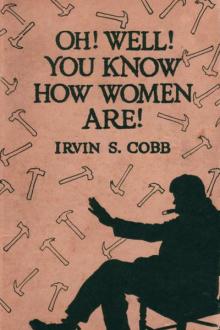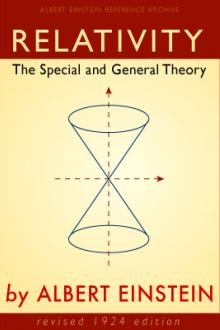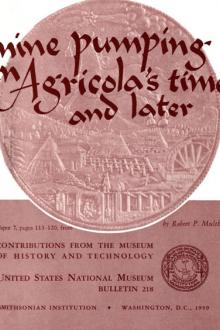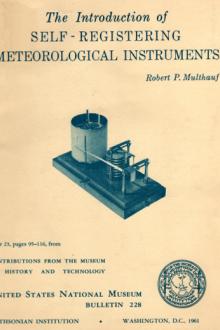Development of Gravity Pendulums in the 19th Century
Development of Gravity Pendulums in the 19th Century
Contributions from the Museum of History and Technology, Papers 34-44 On Science and Technology, Smithsonian Institution, 1966
Book Excerpt
mbda]/g), it follows that [lambda] = l/T^{2}. Then g = [pi]^{2}[lambda]. Thus, the intensity of gravity can be expressed in terms of the length of the seconds pendulum, as well as by the acceleration of a freely falling body. During the 19th century, gravity usually was expressed in terms of the length of the seconds pendulum, but present practice is to express gravity in terms of g, for which the unit is the gal, or one centimeter per second per second.
[Illustration: Figure 2.--THIS DRAWING, FROM RICHER'S Observations astronomiques et physiques faites en l'isle de Caienne (Paris, 1679), shows most of the astronomical instruments used by Richer, namely, one of the two pendulum clocks made by Thuret, the 20-foot and the 5-foot telescopes and the large quadrant. The figure may be intended as a portrait of Richer. This drawing was done by Sebastian Le Clerc, a young illustrator who made many illustrations of the early work of the Paris Academy.]
Figure of the Earth
A principal
FREE EBOOKS AND DEALS
(view all)Popular books in Non-fiction
Readers reviews
0.0
LoginSign up
Be the first to review this book

 Free Download
Free Download













